Buying and Cooking Millet: The Ultimate Guide
Buying and Cooking Millet: The Ultimate Guide
Unless you lead a gluten-free lifestyle or are particularly health conscious, the word “millet” probably doesn’t mean much to you. But this grain is rising in popularity fast. It’s not just nutritious and affordable, but it also has a neutral, almost neutral taste that makes it perfect for adding as a secondary ingredient in meals. These benefits make millet an excellent choice for people trying to cut back on carbs or add more quality protein into their diets. When cooked right, millet can be the base of a very healthy meal with minimal effort on your part. Let’s take a look at what you need to know about buying and cooking with millet!
What is Millet?
Millet is a plant seed that is most commonly cultivated in India, Africa, and Asia. It has a long history as a dietary staple, especially in poorer parts of the world. Although it’s not as well known as grains like wheat or barley, it’s actually very nutritious – and it’s very affordable. Millet is gluten-free, which makes it a good choice for people with allergies or Celiac disease. It’s also usually non-GMO, meaning it’s made without genetically modified organisms. Millet is a great source of protein, fiber, and B vitamins.
Cooking Millet
Millet can be used in many different types of dishes, but it’s most common use is as a side dish to accompany other foods. It can be used in a variety of different recipes, including side dishes, main meals, and even desserts. The most important thing to remember when cooking with millet is that it takes a long time. Because this seed is so small, it takes 10 minutes to prepare it and almost an hour to cook. The easiest way to make millet is in a steamer or rice cooker with a special setting for the grain. You can also boil it or bake it in the oven.
Is millet gluten free?
Yes, millet is a gluten-free grain. In fact, it’s not even a grain. It’s technically a seed. So, if you’re following a gluten-free diet, you can feel safe eating it. In general, eating a more plant-based diet has lots of health benefits. It helps reduce your carbon footprint, it can make you less hungry, and it can reduce your risk for heart disease and certain types of cancers. While eating grains like wheat and rice is fine for most people, it can be harmful for people with Celiac disease or a wheat allergy.
How to select the best millet
When buying millet, the first thing you need to do is check the expiration date. Millet can easily go rancid, so you want to make sure it’s fresh. The next thing to check is the bag. It should be clean, dry, and free from punctures. After that, you need to make sure the millet isn’t too old. When you’re holding the bag, you should be able to hear the seeds inside moving around. If they’re very quiet, it’s an indication that they’re stale and could taste bad. After you’ve checked all that, you need to make sure the bag isn’t stale. The easiest way to do this is to open the bag and smell it. If it smells like nothing, then it’s stale.
How to cook millet
When cooking millet, the key is to use plenty of water. You’ll want to use three times as much water as you do millet. This will help the grain cook evenly, and it will also prevent it from becoming starchy and gummy. After you’ve added your millet to the water, you’ll want to bring it to a boil and then reduce the heat and let it simmer for about 30 minutes. Before serving it, you may want to drain it.
Final Words
Millet is a nutritious grain that is best for people who are trying to avoid eating too many carbohydrates. If you’d like to add more protein and fibre into your diet, you should consider including more millet.


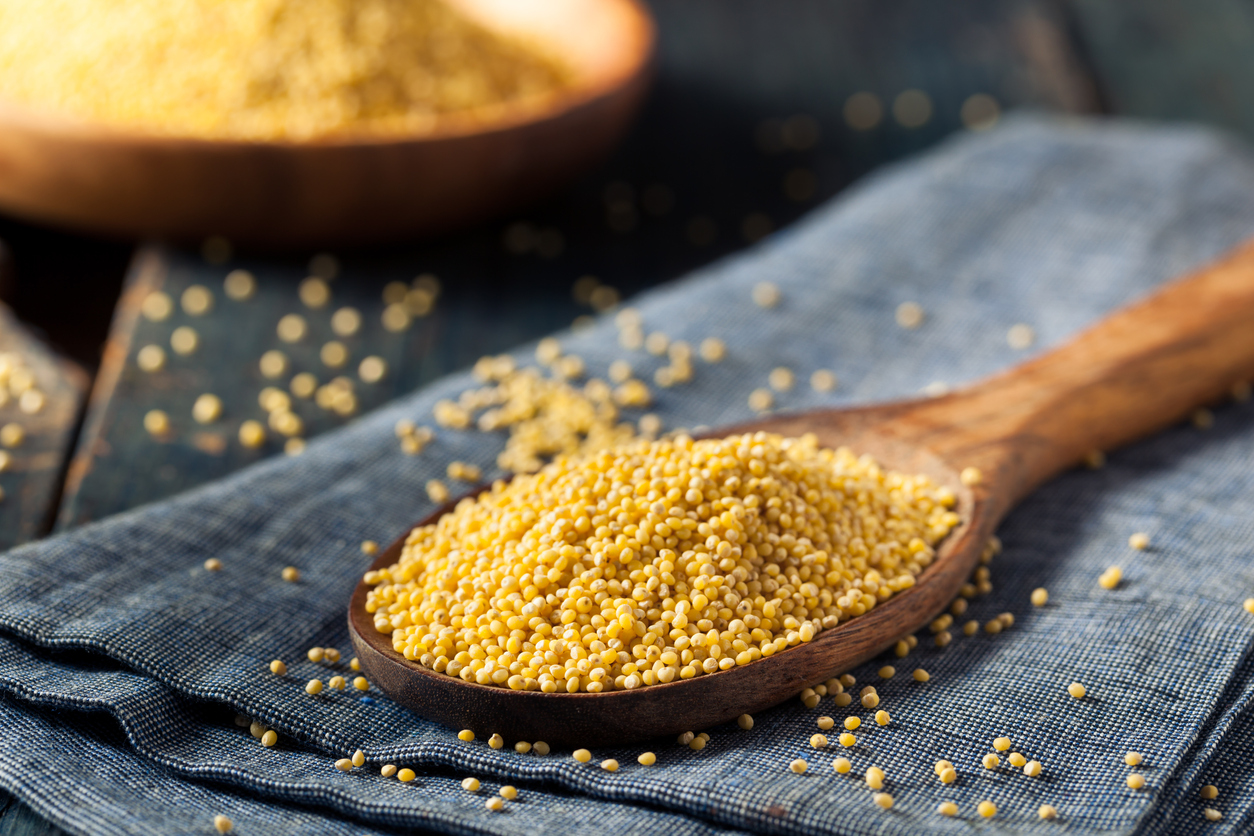
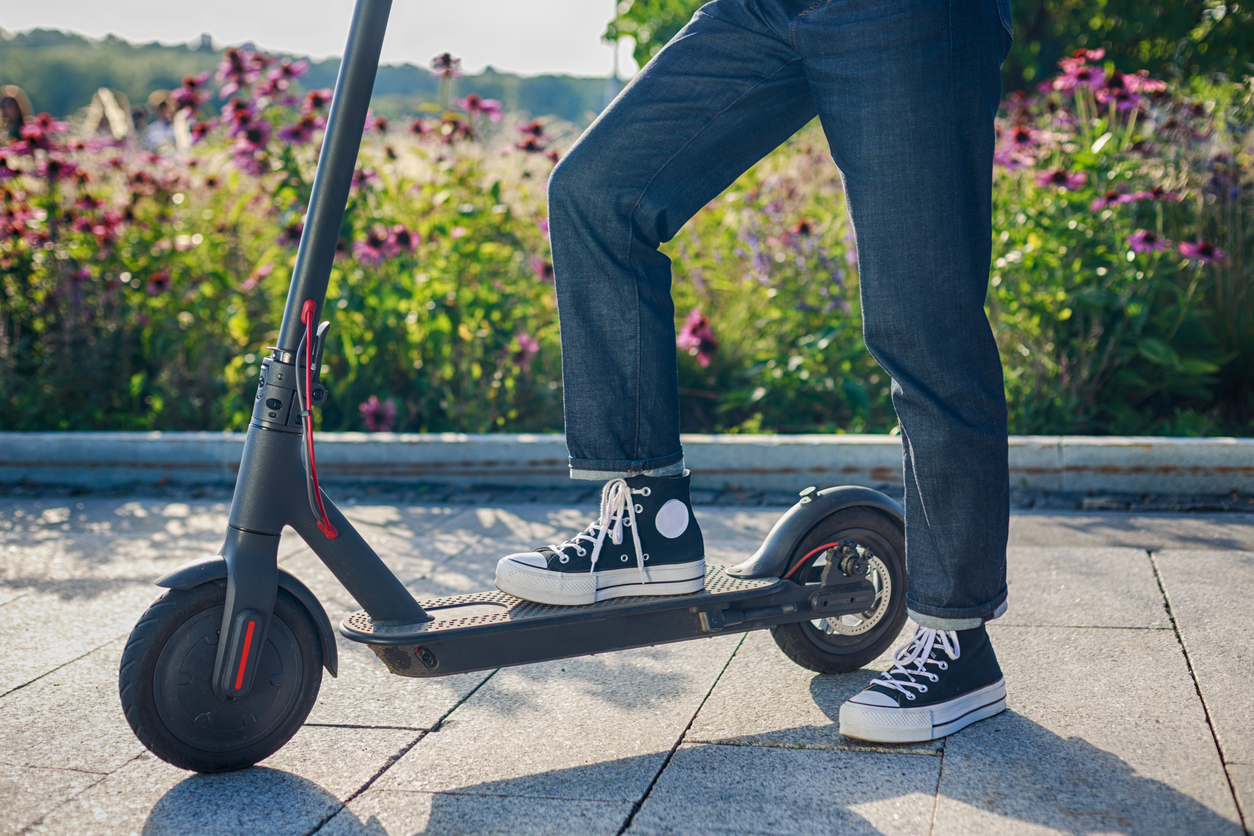
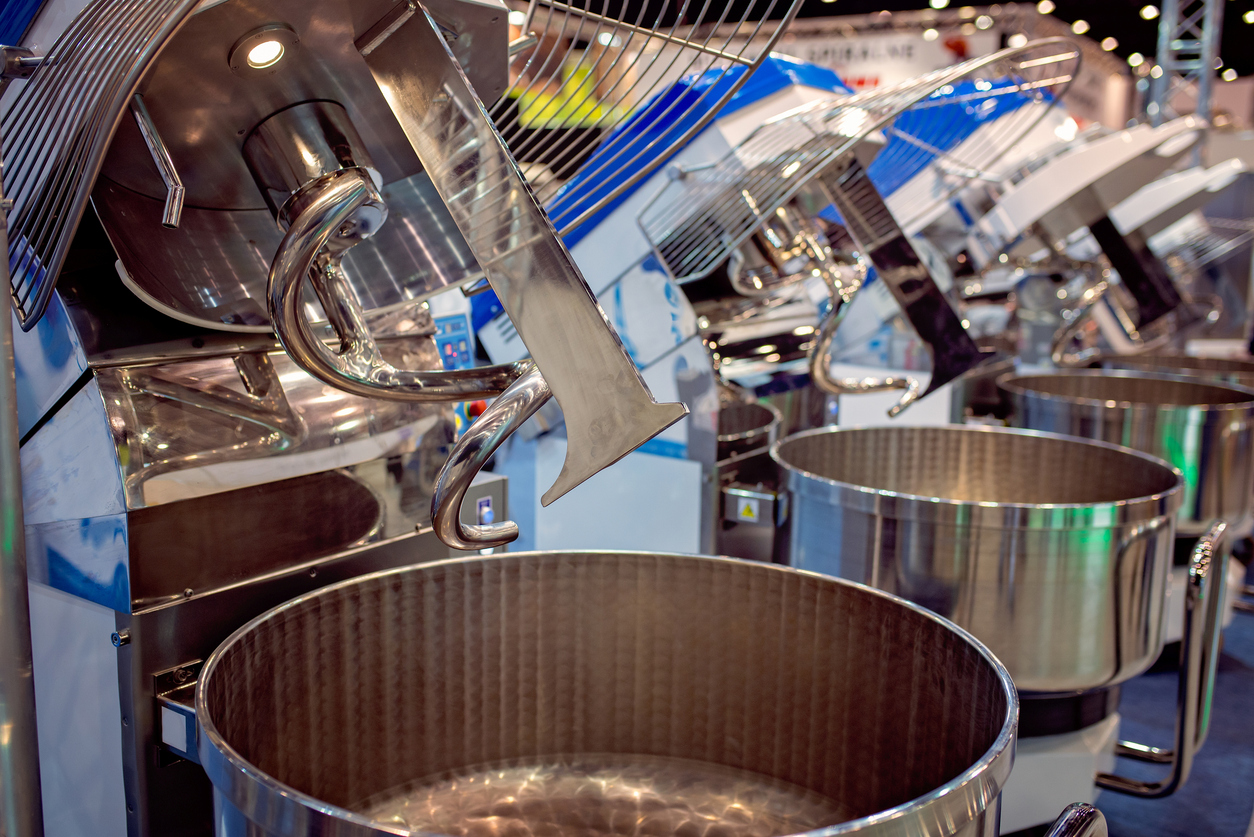
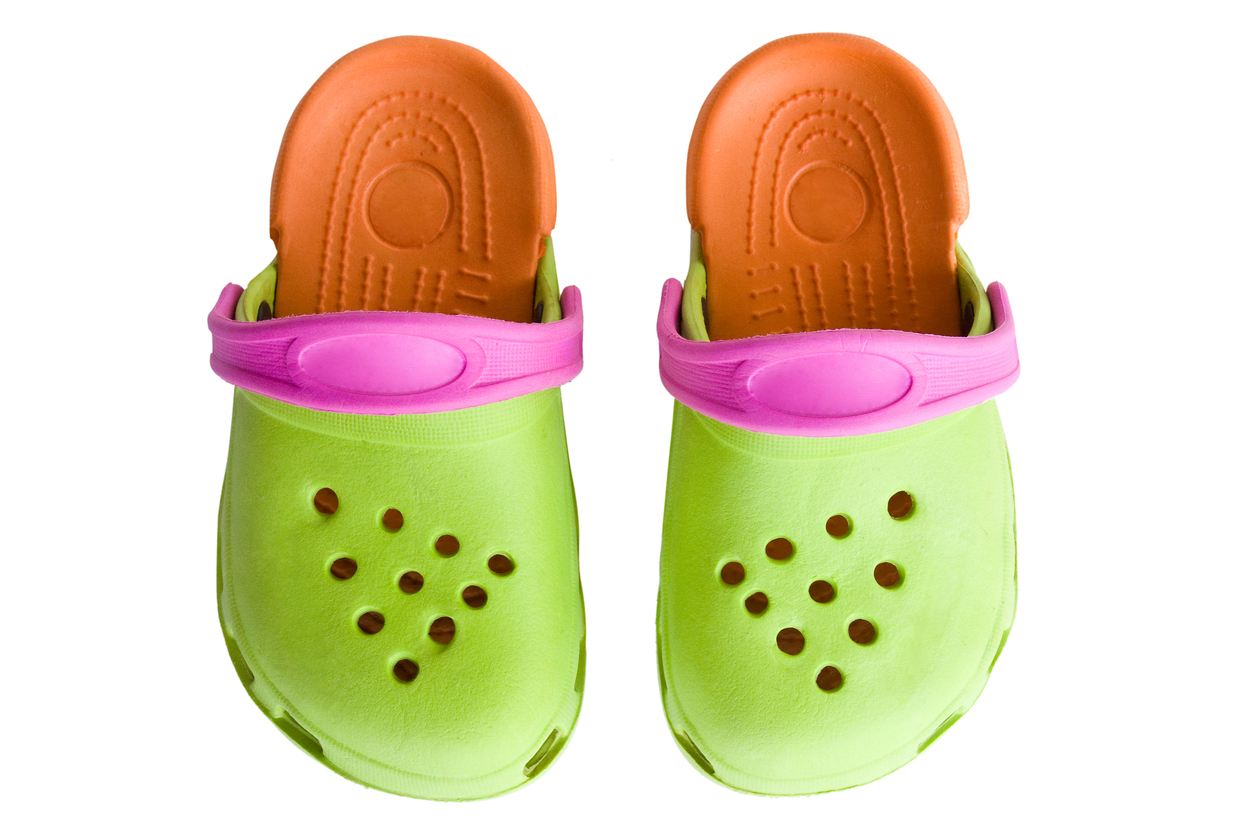
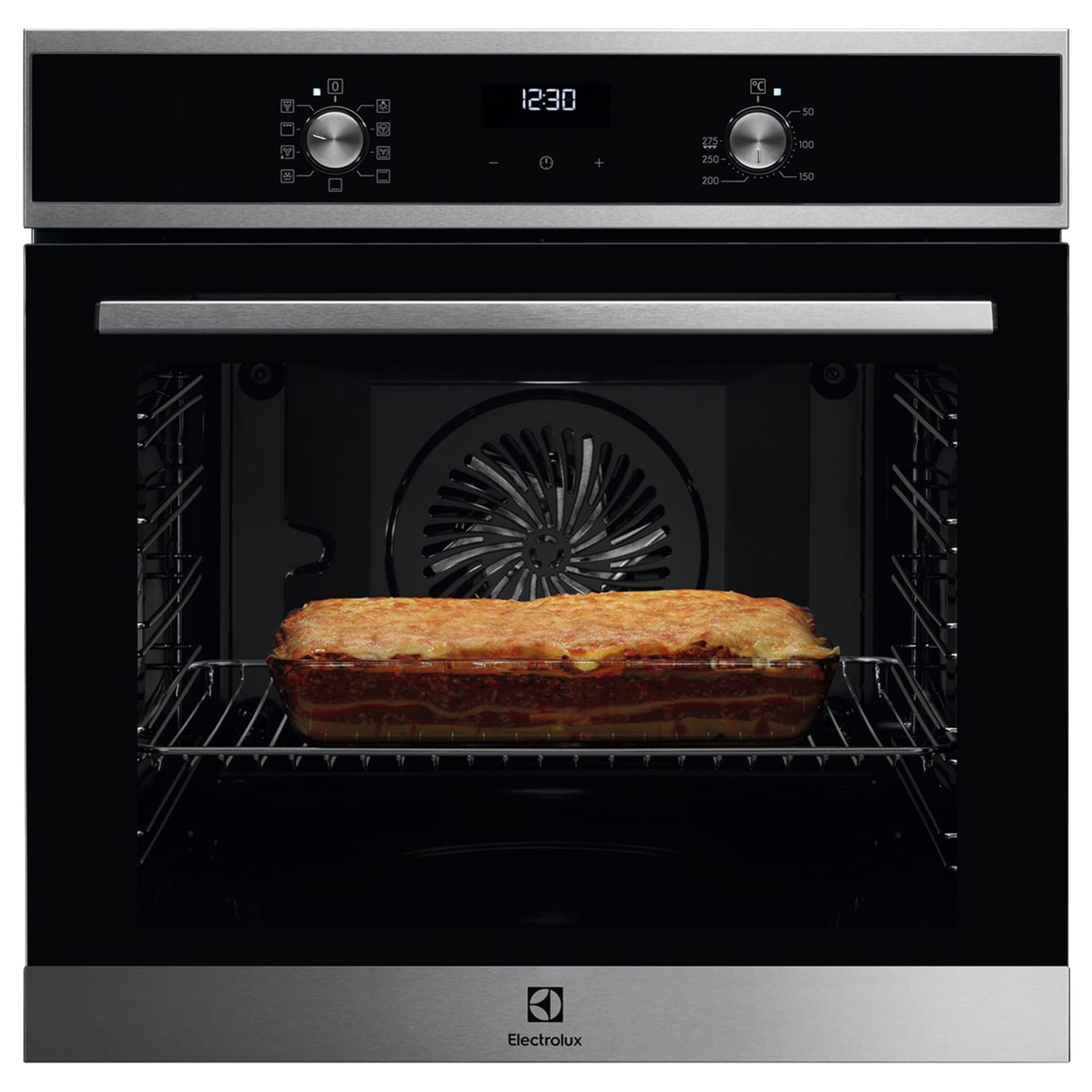

LEAVE A COMMENT
You must be logged in to post a comment.